The other day, I found myself explaining that the role of a significant portion of your collection is to live in the bulk box, and how that's important and useful in its own right. (This was in response to an effort by my eldest daughter to build a 6th deck from a dwindling collection of Lorcana extras - a compulsion that, I have to admit, I'm quite vulnerable to myself).
Having uncommitted cards on hand allows you to make adjustments to your deck in response to the developments of your opponents' decks, I explained. It gives you the tools you need to radically pivot to a new direction. And by comparing what you do use with what you don't, you can evaluate and reaffirm the value of the cards you're playing.
Which is to say, being an extra isn't a glamorous role, but it is a relevant role nonetheless, and one that's essential to the TCG hobby.
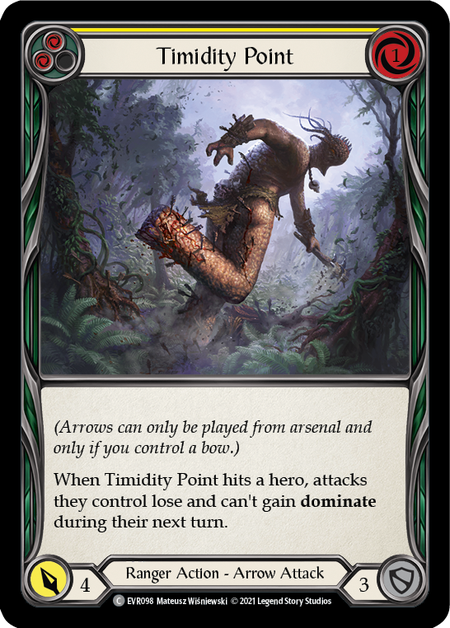
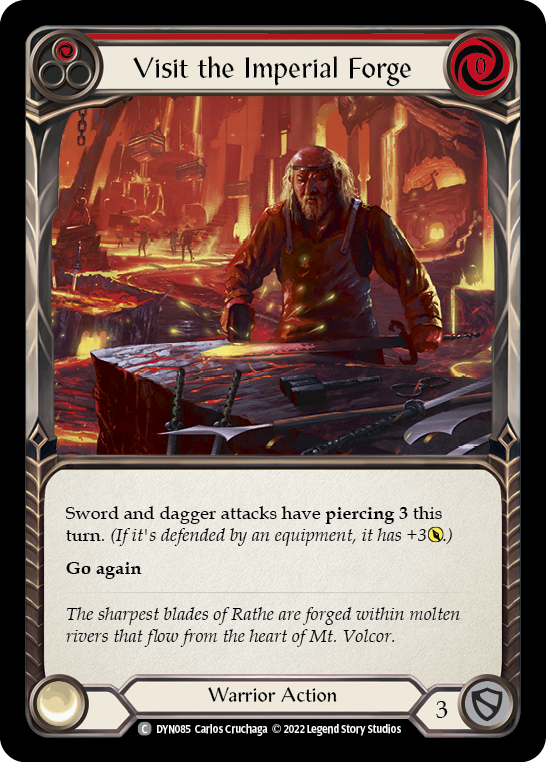
This subject is always on my mind when a new set is about to hit the stands, as I make decisions about the size of my buy-in and subsequently try to justify the piles of cards I've opened. Did I need 2 cases of Outsiders? The 3 booster boxes of extra commons after 9-ofs suggest I probably didn't. Deck sizes remain the same, and with each release the unused cards for each class grow; of those, many never stood a chance at real consideration.
It's important that we make a distinction between cards that aren't useful yet and cards that are, at the risk of sounding conspiratorial, intentionally subpar. Tri-Shot is an interesting card seeking a purpose; blue Sigil of Solace is just a bad card. When I'm making decisions about purchase scale, the former is likely to drive me to buy more; the latter contributes to a sense that I've perhaps been a little bit reckless in the past.
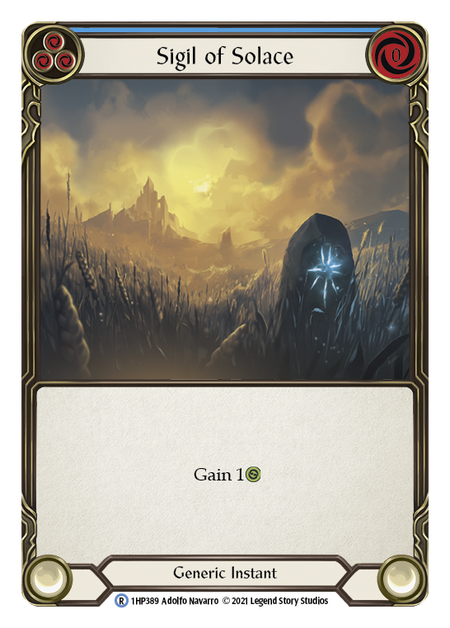
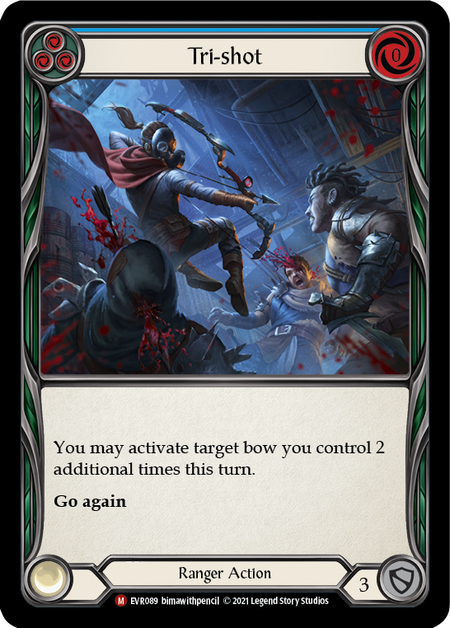
There's also the 'just one more deck' premise put forth by FAB's tendency to design sets around new heroes, rather than continuing to work on the heroes we have. This is compounded by card pools that are incredibly specific to the hero in that set. Uprising illustrates this well: we were given a new Ninja who doesn't use combo, a new Illusionist who greatly prefers reds, and a new Wizard who only plays blues at instant speed - making the damage combos that dominated the Wizard card pool to date irrelevant.
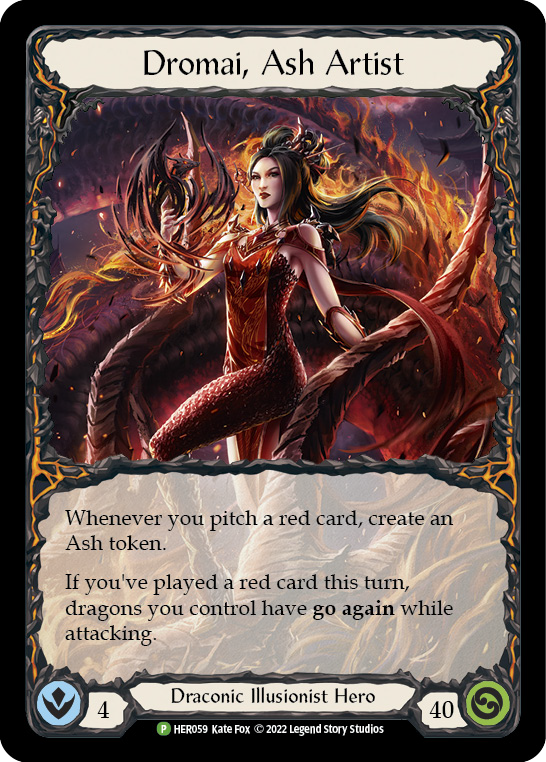

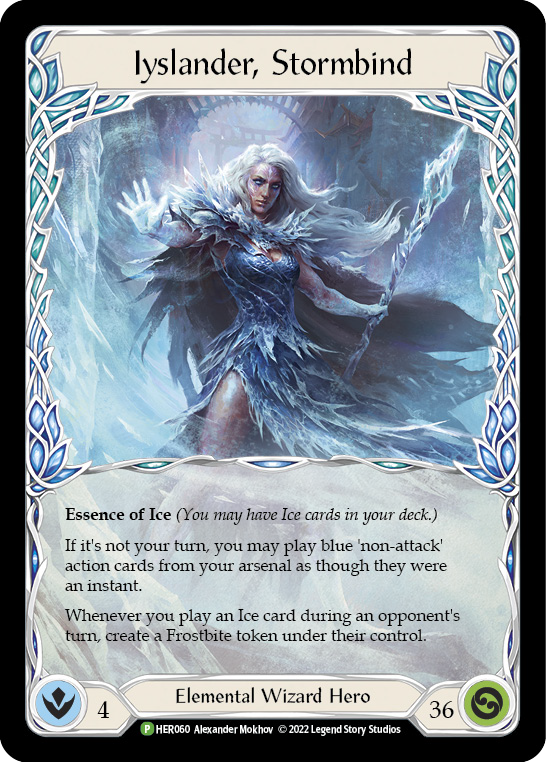
If you were a Katsu player looking forward to the release of Uprising, you were about to discover that there's almost nothing for Katsu in the set - and that your collection of Ninja cards, built up under Katsu, was largely irrelevant to Fai.
To be clear, these are not failures, they're simply design choices - and they shape how existing players respond to a set release. But if you're trying to get an existing player base excited for a new expansion, it helps if it feels like a continuation of what they already have.
There's indication that LSS recognizes this. Take Outsiders as a first-rate example. Rather than giving us all new heroes, Outsiders featured 2 new adult heroes, 3 new young heroes, 2 returning adult heroes, and 3 returning young heroes. It built up the Assassin card pool to a playable size while informally splitting the class into two archetypes. It bolstered existing Ninja strategies and introduced forking paths for combo lines - but didn't introduce any new heroes to the class, opting to keep the focus on refinement. And as we've seen from LSS many times before, it gave us a new Ranger hero who wanted to do something completely different - but did so alongside the original hero, Azalea, who received ample support that's propelled the underdog into the top tiers of competitive viability.
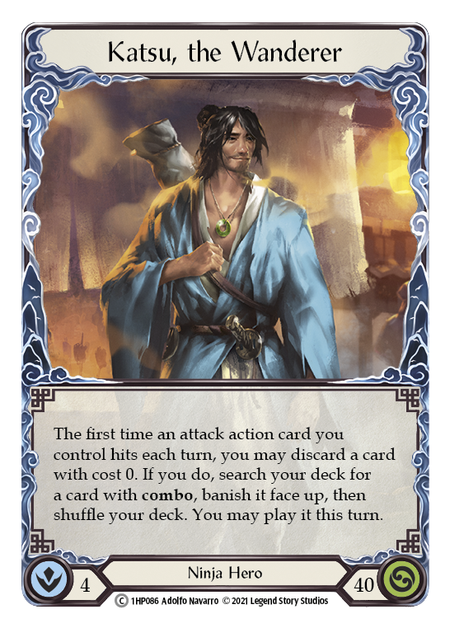
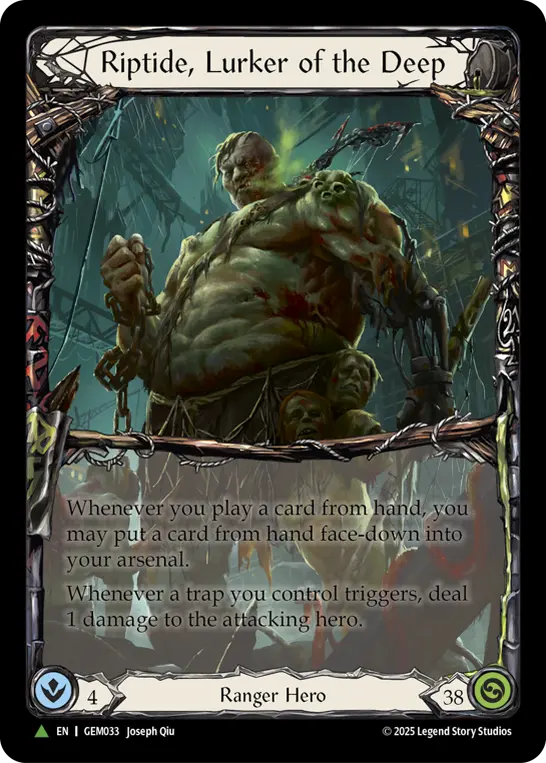
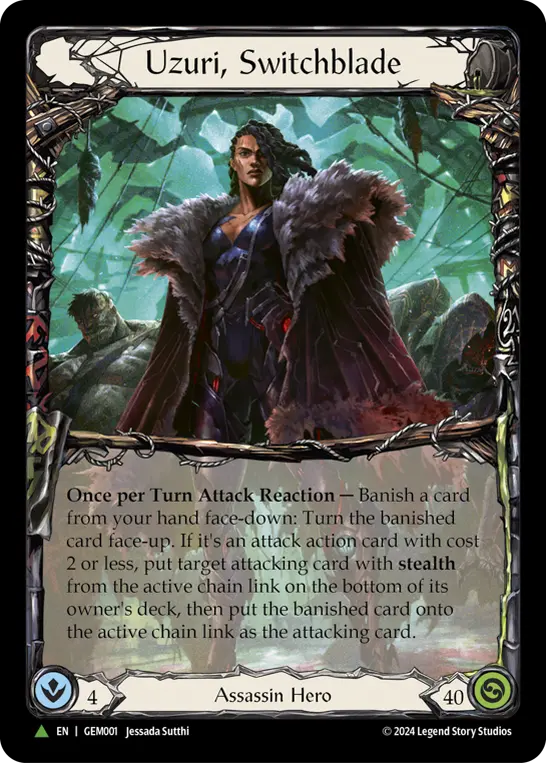
With these dynamics in mind, I need to call attention to the masterful design work of Heavy Hitters - and it begins with the three classes they chose to feature.

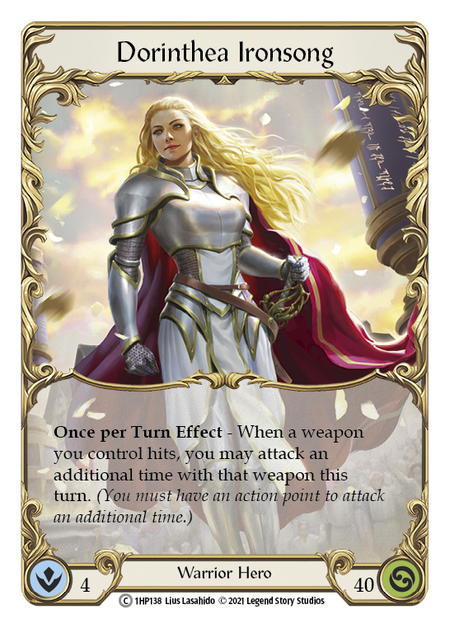
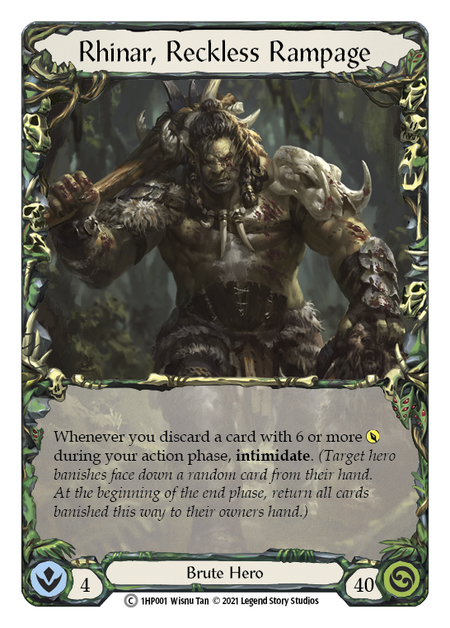
Brute, Guardian, and Warrior are three of the four original classes of the game. As such, they were designed to illustrate various aspects of the game in clear, simple terms.
Guardians teach you about the importance of pitch. They use the less powerful versions of many cards to pay for their key attacks. They are happy to block out and fall back on their hammer, chipping away with the breakpoint 4. And while they're successful with this simple pattern, they've also grown rather repetitive. Attempts to introduce alternative strategies to Guardians have largely gone unacknowledged; even Oldhim, who brought down the cost curve of the deck and added efficiency disruption to the mix, largely defaulted back to pitching blues and swinging hammers.
Brutes show you the cost of power. They are surprisingly adaptable, able to mix blocking with aggression effortlessly, but they pay for it in discarded cards and poor pitch values. Many will refer to them as 'random', but to win consistently with a Brute is to control for lady luck, to learn her ways and work within them, rather than let her run your deck for you. Brutes love the number 6, because in FAB math, you can't throw a 0-for-6, so 6s always come at a resource cost. 6s also largely keep blues out of reach, reinforcing the designed constraints of the class.
Warriors teach you about reactions - and they teach enemies about blocking well. Their strategies prominently feature their weapons, often to the exclusion of any other attacks. Warriors have also seen the most variety among the three classes here - namely, because Boltyn's Light talent encourages him to utilize attack actions in tandem with his weapons.
These classes were in desperate need of diversity, and Heavy Hitters has approached each of them from creative new angles. In doing so, they've not only lent plenty of support to their predecessors, but also added value to that pool of unused cards - the 'bad ones' - sitting in your box.
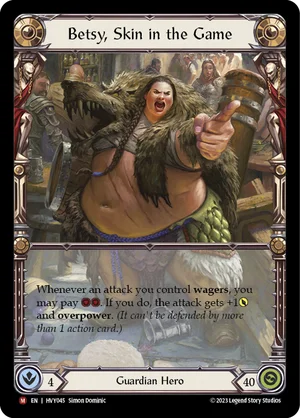
Betsy takes the Guardian class in an exciting new direction simply by dropping a modifier on an attack. A Chokeslam (B) is a 4-for-6 that, if it deals 4 damage, cuts off any modifiers on the enemy's next turn. Ordinarily, the response to that is a simple block 3, take 3 that dodges the hit effect. But if Betsy has wagered, that's now a 6-for-7 with overpower that will deal 4 if they can't get creative about blocking. In other words, Betsy has turned Guardian into a disruption class that threatens on-hits and hard-to-block damage.
That's not to say this wasn't already a possibility in Guardian. Bravo can take that same 4-for-6 and tack on dominate, making it similarly hard to avoid. The class' preexisting ability to facilitate this gameplay is exactly why it's brilliant.
When Bravo takes that blue Chokeslam and gives it dominate, the attack is still a 6 - and its crush effect is still getting denied. So Bravo tends not to tack dominate onto 4-for-6s; he's more likely to activate his power while throwing a 7-cost attack, like Star Struck or Crippling Crush. As a result, Bravo is significantly less likely to attack with his blues; and when he draws into a blue-heavy hand, his best bet is to swing Anothos.
This is where FAB Math is so remarkably important. Betsy's ability brings that same 4-for-6 up to a 7, which makes its crush effect significantly more likely to trigger. Because of this, a significant portion of blue Guardian attacks become much more playable in her hands - and the deck can play more blues in general, with the plan being to actually play them at some point.
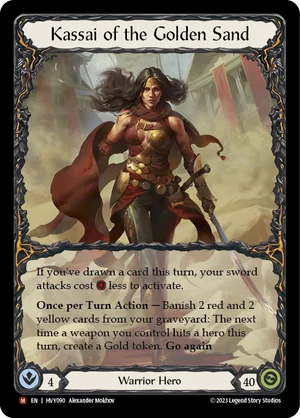
Coin collection has been a niche hobby of Warriors, but it's really only played a part in Kassai, Cintari Sellsword decks. In fact, coin collection has struggled in general to ever manifest into something of consequence; and in the instances where is has been relevant (think Assassin equipment or Blood On Her Hands), the coins have never actually been used for their text.
Kassai of the Golden Sands changes that, and does so in a surprising way that ties into the Warrior catalog: when she draws a card, your swords cost 1 less to use. With a gold token and a blue pitch, Kassai can essentially net a free resource and skip paying for her swords that turn; at its simplest form, Kassai can gain resources from a 1-card hand and still have something in hand to arsenal.
But beyond spending coins, card draw was just a thing that existed in Warrior, and no one was thinking too much about it. Stroke of Foresight and Glint the Quicksilver both draw on reprise; and while they're likely to only net you 1 resource's savings as you've already swung a weapon that you're reacting to, a free resource can completely change the course of your turn. Heavy Hitters adds to this with Cut the Deck and Draw Swords.
More significant for overall deck design is that Warriors now have 9 different attack actions in their class card pool, and that can impact all the Warrior heroes. Most of them reach 6 (or more) power by the time they're red, a consequence of these being dual class cards shared with Guardian and Brute. That's not only relevant for popping Illusionist attacks - something Warriors have struggled with in the past - but also for the simple fact that these are high-power alternates to a weapon attack. Facing a Dawnblade swing with 2 floating and go again, I now need to consider whether to block for that Dawnblade + reactions, or hold cards to block a possible follow-up attack action for 6.
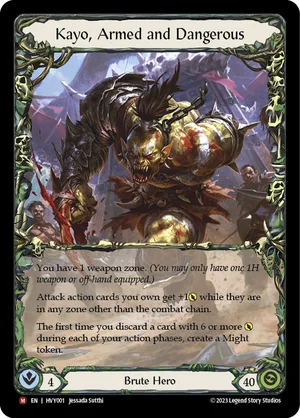
I left Kayo for last because much has already been made of his reinvigorating of the Brute card pool. The unfortunate downside of Brute's 6-focused design is that there's little role for the 5s that come with a RYB cycle. Kayo immediately gives purpose to an entire useless third of Brute card cycles. (You can read an early take on Kayo in Kevin Brayer's recent article on the subject.)
As in Outsiders, Rhinar's re-feature puts your existing deck firmly in the spotlight. And both Brutes benefit from your existing card pool as much as from the new release.
This is legacy-based design, focused firmly on expansion of your existing gameplay rather than giving entirely new experiences. And it's exactly what Flesh and Blood needs at this point in its life cycle. At my local venue, we have a subset of players who love Rhinar and look forward to how this set improves him. We have a subset of players who don't love Rhinar, but see Kayo as a fresh approach that may make Brute more appealing to them. We even have a subset who's tired of Rhinar's playstyle, and look forward to Heavy Hitters introducing some new aspects to a narrow hero they've grown weary of facing. This is true of Warrior and Guardian as well. Heavy Hitters is refreshing.
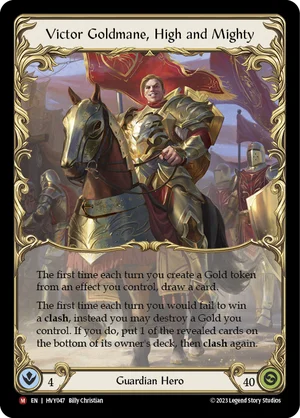
Time will tell if all of these heroes catch on, or if they become niche alternatives to their mainstream counterparts. Victor and Betsy have a lot to prove in light of Bravo's long-lasting popularity. And while Kassai is arriving with a huge amount of fanfare, Olympia has kept his profile dangerously low - if there's a breakout deck hiding there, it may take some time to suss it out.
But for the moment, Heavy Hitters deserves recognition for doing exactly what a FAB expansion should be doing.
Audio narration provided by Alex Truell - be kind, it's my first go!
Background music for audio narration is Morning Routine by Ghostrifter Official
Promoted by Chosic, Creative Commons CC BY-SA 3.0





